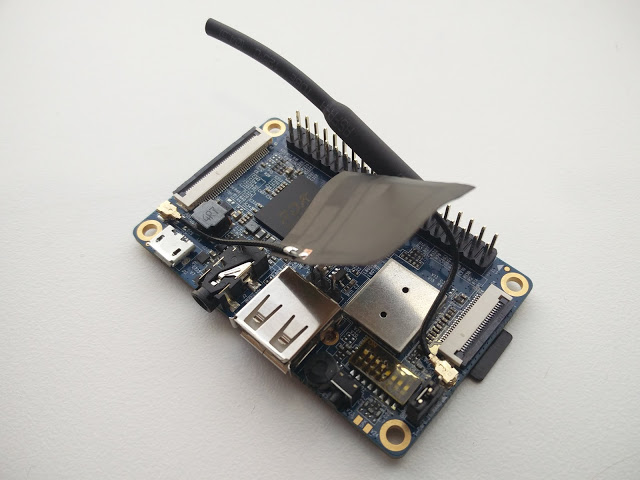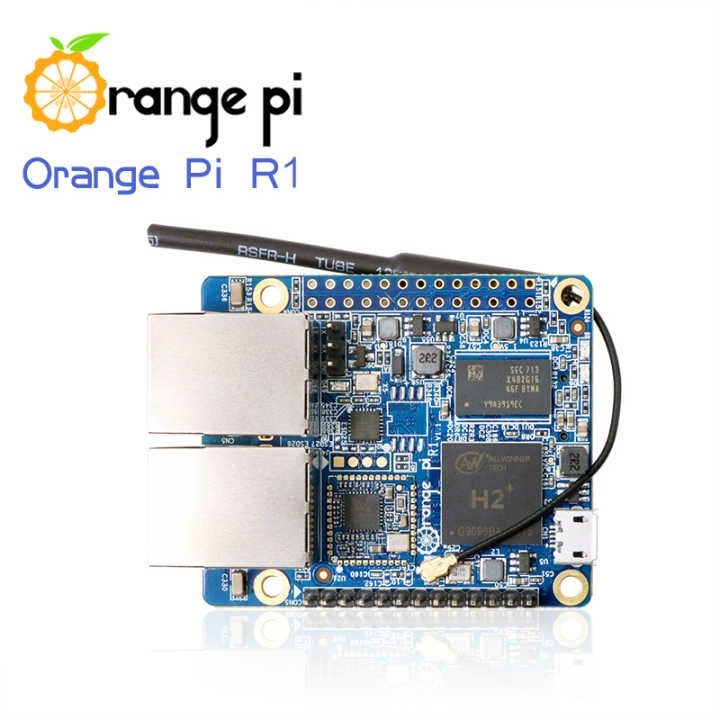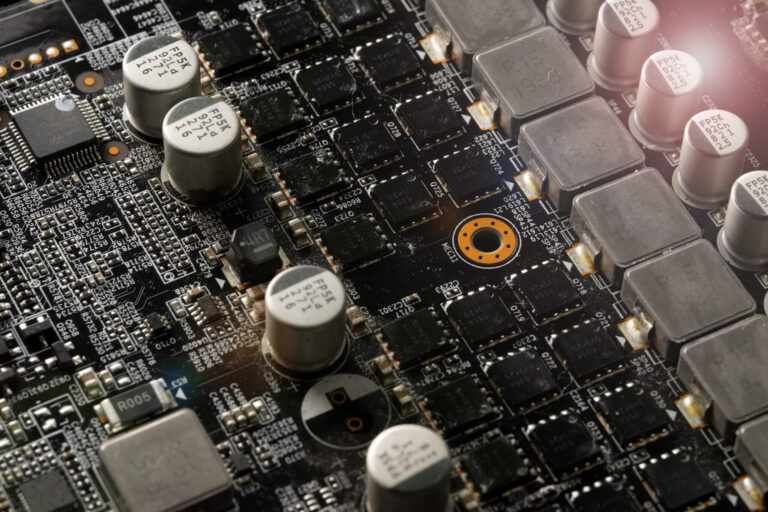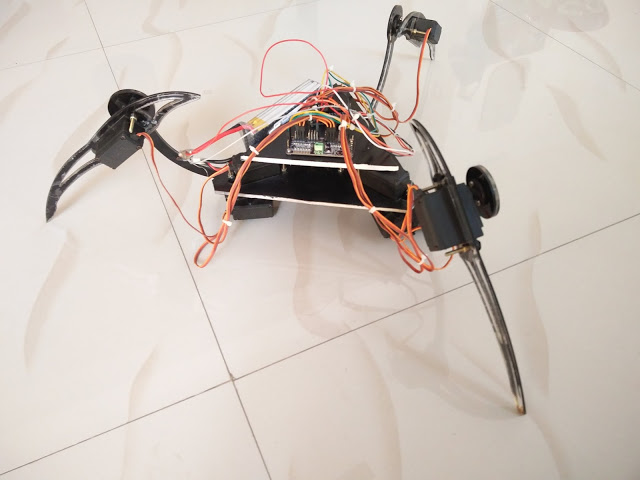2024 Electronics: Top Electronics Trends and Innovations
The electronics sector is about to undergo a revolutionary period that will be characterized by the appearance of ground-breaking trends and technologies in 2024. With the integration of advanced materials, artificial intelligence (AI), the Internet of Things (IoT), and other technologies, these advancements have the potential to completely transform the electronics production, design, and application landscape. The top 10 trends reflect a future in which electronics will be more pervasive in our lives than ever before, from immersive technologies that improve user experiences to sophisticated electronic materials that push the limits of sustainability and efficiency.
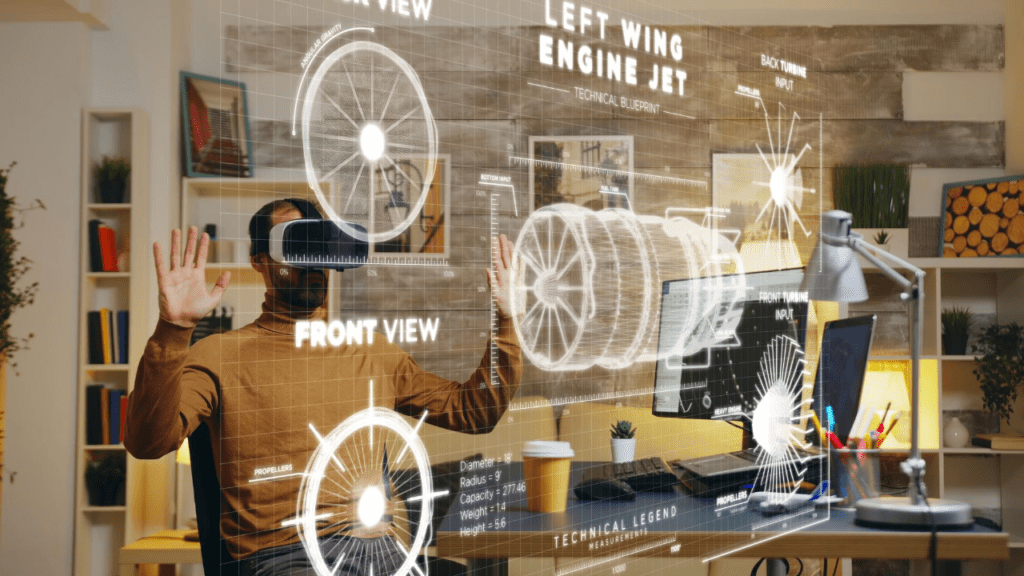
3D printing, compact electronics, and organic electronics are redefining product development and production procedures by providing never-before-seen levels of personalization and flexibility. In the meantime, the industry’s use of AI and IoT is enabling smarter, more connected gadgets in addition to streamlining manufacturing lines. The electronics industry is entering a new era marked by innovation, accessibility, and environmental conscience as these themes come together.
Artificial Intelligence
By 2024, AI technology will have advanced to previously unheard-of levels, revolutionizing both daily life and businesses with inventions that formerly appeared like something out of science fiction. Building on the success of text and image models, generative AI has started a second wave of development that is centered on producing realistic video clips. AI is now able to produce short films that are on par with traditional animation in terms of quality, which has significant implications for marketing, education, and entertainment. The sophistication of deepfakes and AI-generated content has also increased, giving rise to worries about false information and the difficulty of differentiating genuine from AI-generated content.

In contrast, Google’s Gemini has become a strong competitor, setting itself apart with its multimodal features. Gemini is better at comprehending and producing content in a variety of media, such as text, graphics, code, audio, and video, than ChatGPT, which focuses mostly on text. Gemini’s versatility extends beyond what can be accomplished by conventional text-based AI models, making it appropriate for a wide range of jobs. To further assure factual correctness, Gemini makes use of Google’s extensive knowledge base, establishing it as a useful tool for research and assignments requiring exceptional precision.
AI has paved the way for the development of more versatile, all-purpose robots that can carry out a broad range of tasks in the field of robotics, indicating a shift toward more integrated and flexible automation solutions. The application of AI in cybersecurity has led to the development of increasingly complex defense mechanisms against threats generated by AI, which highlights the dual-edge nature of these breakthroughs and presents both new and transformational opportunities.
3D Printing
Manufacturing and digital engagement are entering a transformational era as a result of the convergence of immersive technology and 3D printing. The ability of 3D printing to turn digital plans into tangible objects is revolutionizing a variety of industries, including healthcare, aerospace, and automotive, by changing the way we conceptualize and manufacture everything from simple everyday items to intricate components. Immersion technologies, which include AR, ER, and VR (virtual reality), provide rich, engaging experiences that meld the real and virtual worlds together.

When combined, they open up new avenues for creative applications, such as more user-friendly design workflows, customized customer experiences, and improved techniques for training and instruction. It is a hub for technology innovation and application in a variety of industries since this synergy not only expands creative possibilities but also streamlines production processes.
Embedded Systems
By 2024, embedded systems will have advanced to a point where they are more extensively woven into business and daily life than ever before. These systems have developed to become more potent, effective, and networked. They integrate hardware and software to carry out particular functions within bigger machines or devices. The development of embedded systems, which are currently at the core of many smart devices, ranging from high-tech industrial equipment to domestic appliances, has been greatly aided by the spread of the Internet of Things (IoT).
The development of more potent and energy-efficient microprocessors, along with other advancements in semiconductor technology, has made it possible for embedded systems to tackle increasingly complicated tasks like machine learning and real-time data analytics. Furthermore, these systems can now process and analyze data locally thanks to the growth of edge computing, which lowers latency and eliminates the need for cloud services for crucial tasks.
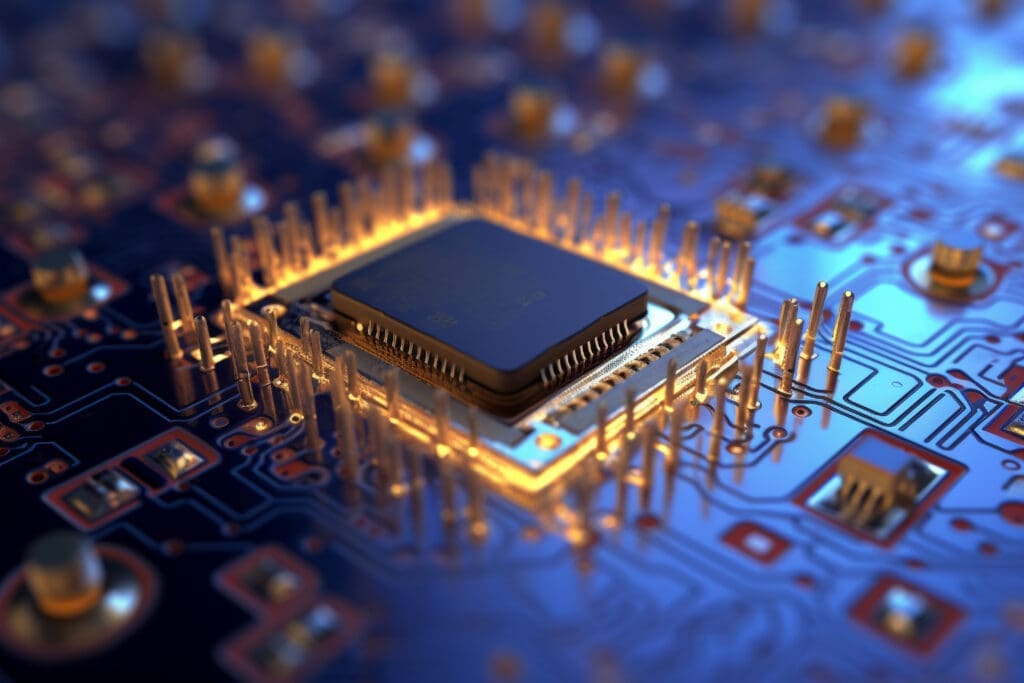
Additionally, new avenues for automation and smart technologies have been made possible by the confluence of AI and embedded systems. Embedded artificial intelligence (AI) is transforming industries such as automotive, where real-time decision-making for advanced driver-assistance systems (ADAS) depends on embedded systems. Similar to this, wearable technology in healthcare uses embedded technologies to monitor patient health indicators with new levels of granularity and customization.
Without a doubt, embedded systems are making gadgets smarter, more effective, and more connected as they develop. This journey will reach a major turning point in 2024, demonstrating the limitless potential that embedded technologies have to influence how society and technology develop in the future.
Organic PCBs
2024 will see a substantial change in the electronics manufacturing industry toward more flexible and ecological practices thanks to the creation and use of organic PCBs (Printed Circuit Boards). These PCBs, which use carbon-based materials instead of metal to create traditional circuitry, are a more environmentally friendly option thanks to the developments in organic electronics.
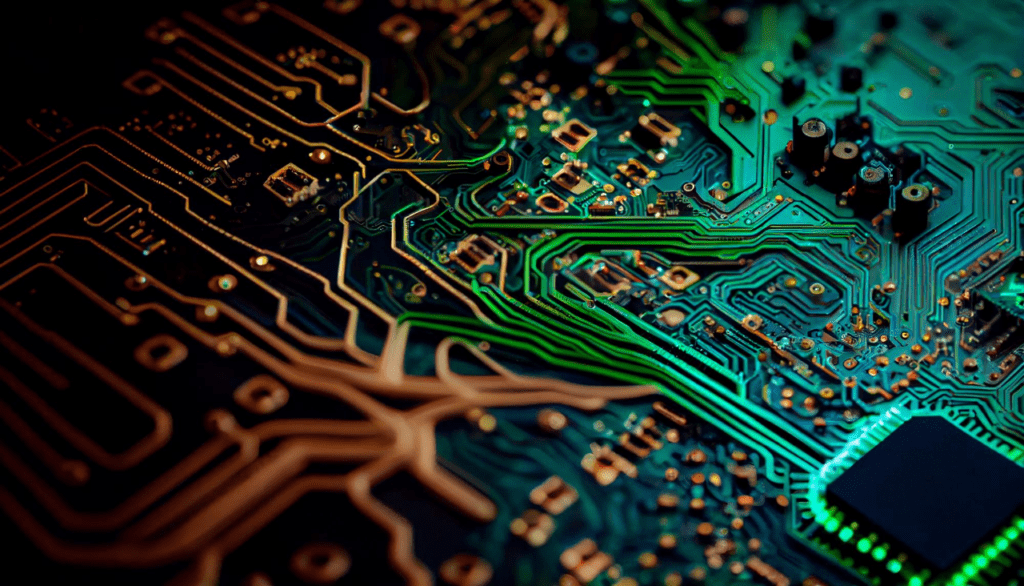
They are especially desirable for wearable electronics, flexible displays, and other applications where conventional rigid PCBs cannot function well due to their flexibility, less weight, and potential for cheaper production costs. Furthermore, the biodegradable properties of organic materials correspond with the increasing market need for electrical goods that are environmentally benign.
Electronics manufacturers are moving toward a future where gadgets are not only more efficient and adaptive but also less harmful to the environment thanks to advancements in organic PCB technology.
Miniaturized Electronics
By 2024, the field of tiny electronics will have made significant strides, pushing the boundaries of what compact and powerful devices may be. Significant advancements in semiconductor technology, materials science, and creative production techniques are reflected in this trend toward miniaturization.
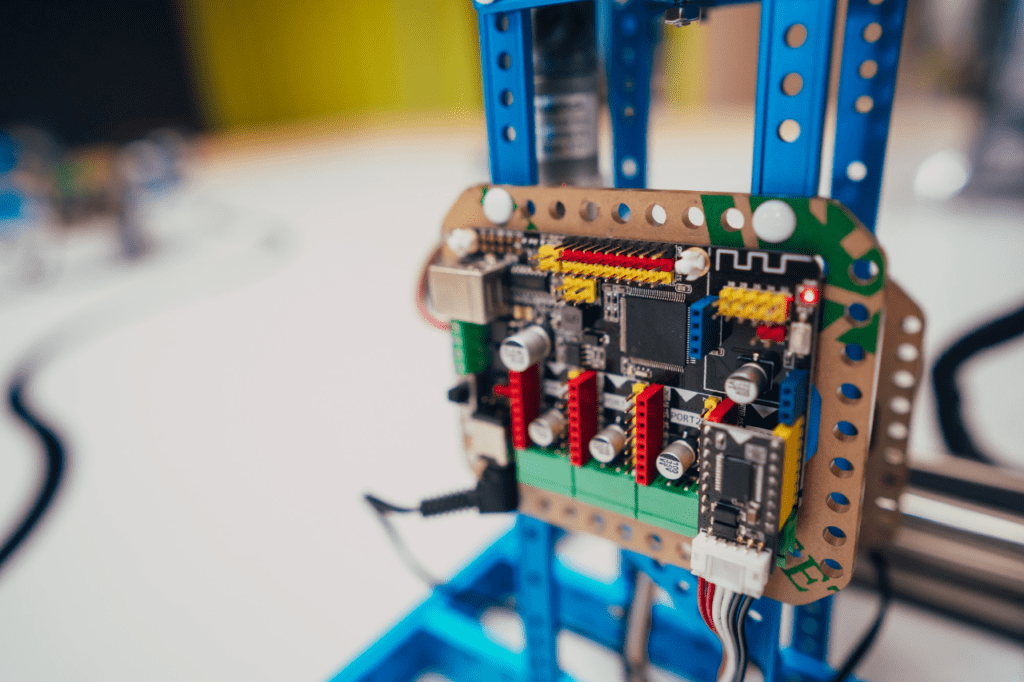
These developments have made it possible to produce electrical components that are both micro and even nanoscale in size, without sacrificing performance. From tiny sensors and actuators in smart gadgets and Internet of Things applications to medical devices that can travel the human body for diagnosis and therapy, miniature electronics are essential in a wide range of applications.
This change not only creates new opportunities for embedded systems and wearable technology but also drastically lowers energy and material usage, which is in line with the tech industry’s rising emphasis on sustainability.
Immersive Technologies
By 2024, immersive technologies like Mixed Reality (MR), Augmented Reality (AR), and Virtual Reality (VR) will have completely changed the way humans engage with digital surroundings, producing experiences that are more interesting, instructive, and enjoyable than in the past. These technologies have advanced to previously unheard-of degrees of realism, interactivity, and accessibility.

Through immersive experiences that improve comprehension and retention, they have completely transformed learning in the educational industry. They’ve raised the bar for gaming and media consumption in the entertainment industry by creating immersive virtual worlds that conflate the real and virtual.
Furthermore, immersive technologies have developed into indispensable resources for training, simulation, and visualization in a variety of industries, including real estate and healthcare. These technologies allow experts to perform intricate operations or explore environments in ways that were previously unthinkable.
PCBWay in Innovative PCB Project Development
By adjusting to and frequently setting the standard for new electronics trends, PCBWay has made a name for itself in the industry. Their services meet the increasing need for fast, high-quality, and reasonably priced PCB creation. They offer a broad range of PCB fabrication and assembly solutions. PCBWay’s dedication to innovation is demonstrated by its support of a wide range of electronics projects, from intricate industrial applications to hobby projects.
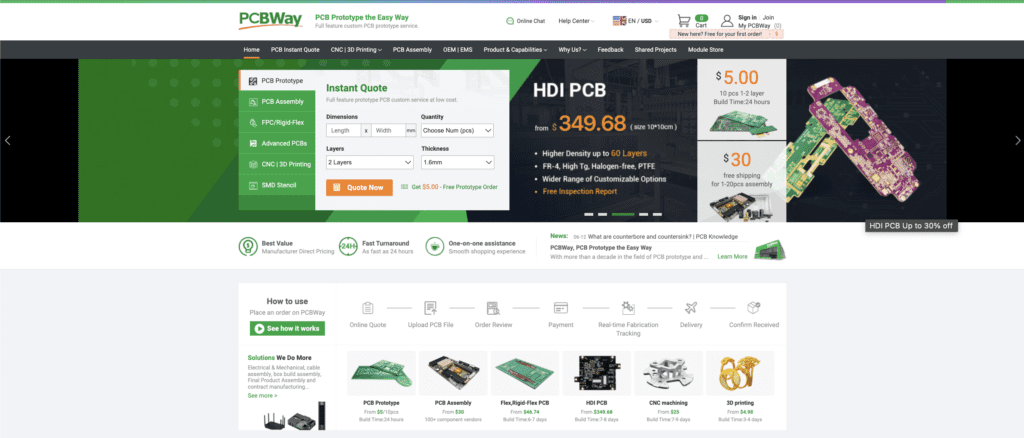
Through the use of cutting-edge manufacturing processes and a wide range of materials and finishes, PCBWay empowers engineers and designers to investigate novel avenues in electronics design, including wearable technology and Internet of Things devices. Along with encouraging a community-driven approach, their platform also supports open innovation in the IT sector by offering a forum for knowledge sharing and project collaboration. With this strategy, PCBWay is positioned to lead the PCB manufacturing industry and play a significant role in the growth and diffusion of innovation and knowledge in electronics.
Conclusion
The electronics trends of 2024 represent a revolution in technology, characterized by quick developments and the incorporation of creative ideas from many industries. The quest for more effective, sustainable, and user-friendly technology is shown in the trend toward miniaturization, the use of organic and flexible electronics, and the notable advancements in embedded systems.
In addition, the development of immersive technologies and the assistance provided by firms such as PCBWay in expediting the prototype and production process highlight the industry’s dedication to promoting creativity and satisfying the ever-changing demands of both enterprises and customers. These developments not only demonstrate the breakneck speed of technological advancement but also suggest that electronics will continue to be essential to how we interact with the world, develop our potential, and overcome difficult problems.

